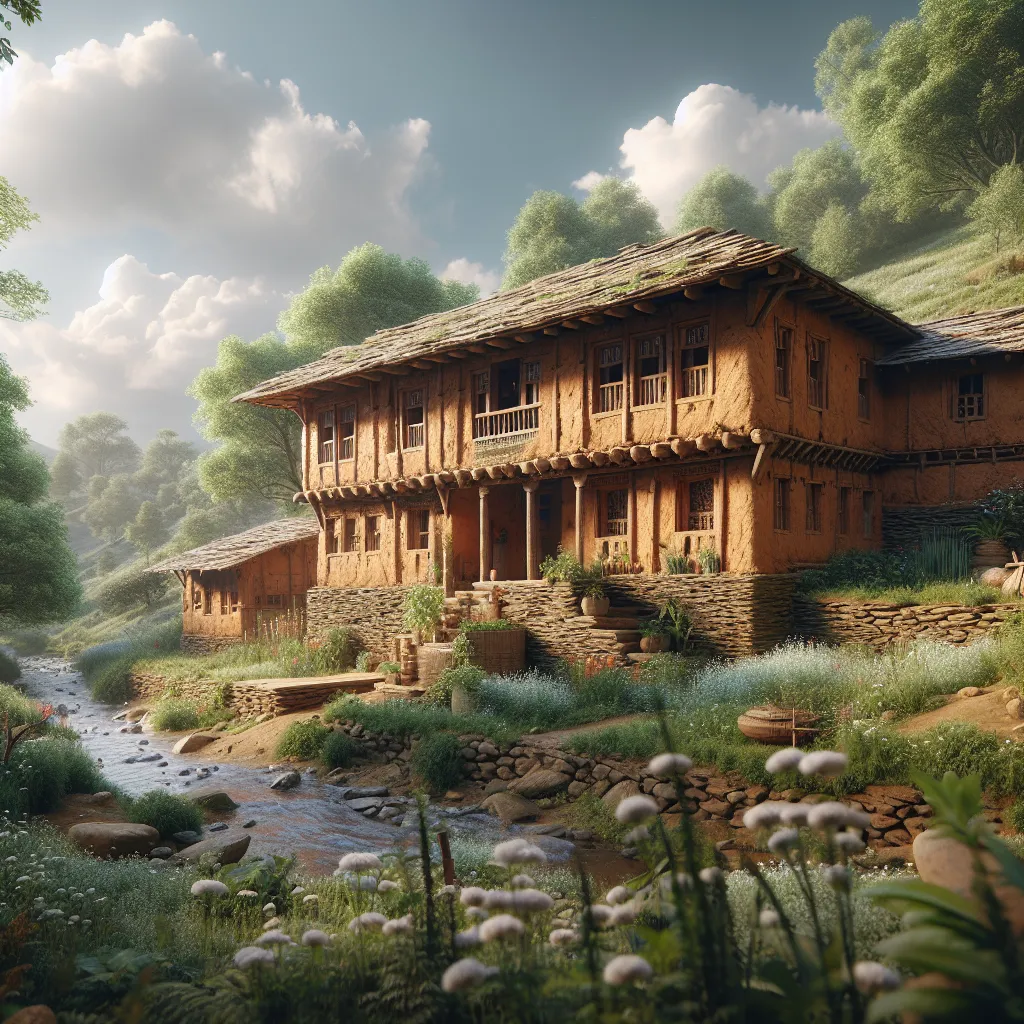In the ever-evolving landscape of Turkish architecture, one might stumble upon the term “kargir ev” and wonder what makes these structures so intriguing. Unlike modern concrete jungles, kargir evs offer a unique blend of tradition and simplicity, often found nestled in the rural patches of Turkey. Built predominantly from natural materials like stone and brick, these homes don’t just stand as relics of the past but continue to be the choice for those seeking economic and sustainable living options. Let’s dive deeper into the world of kargir evs, where tradition meets practicality.

What is a Kargir Ev?
A kargir ev, often referred to as a masonry house, is a construction style deeply rooted in Turkish history. These homes are primarily made from brick or stone, materials that contribute to their rustic charm and durability. The term “kargir” is derived from Persian, meaning “constructed with stone or brick,” and has become synonymous with sturdy yet affordable housing.
Characteristics of Kargir Evs
Kargir evs are not just about aesthetic appeal; they come with a host of characteristics that make them stand out:
-
Natural Materials: Built using local resources like stone and brick, these materials are not only environmentally friendly but also ensure the building blends seamlessly with its surroundings.
-
Economic Viability: One of the biggest advantages of kargir evs is their cost-effectiveness. The use of locally sourced materials and traditional construction methods translates into lower building costs.
-
Absence of Columns: Unlike modern structures, kargir evs lack internal columns, resulting in open and spacious interiors. This design choice enhances the aesthetic appeal and offers flexibility in interior layouts.
-
Thermal and Acoustic Insulation: The thick walls made from natural materials provide excellent insulation, keeping homes cool in summer and warm in winter, while also minimizing noise pollution.
-
Cultural Significance: These homes are a testament to Turkish architectural heritage and continue to be valued for their historical and cultural significance.
Tapu and Kargir Evs
When purchasing property in Turkey, you might encounter the term “kargir ev” on a tapu, or title deed. This indicates that the property is constructed from brick or stone. It’s essential to understand this designation, as it affects the property’s structural characteristics and potential modifications.
Advantages and Disadvantages
While kargir evs offer numerous benefits, it’s important to weigh their pros and cons:
Advantages:
– Cost-Effective: Perfect for those on a budget.
– Quick Construction: Can be built faster compared to modern homes.
– Aesthetic Appeal: Offers a timeless look with cultural significance.
Disadvantages:
– Seismic Vulnerability: Not as earthquake-resistant due to the lack of a foundational framework.
– Maintenance Requirements: May require more frequent upkeep to maintain structural integrity.
Living in a Kargir Ev: A Personal Experience
Living in a kargir ev is like embracing a piece of history. The thick walls whisper tales of the past, while the cool interiors offer respite from the summer heat. These homes are a haven for those who appreciate the simplicity and beauty of traditional architecture. However, it’s crucial to stay on top of maintenance to preserve their charm—think of it as tending to a beloved antique.
Enhancing Your Property Journey with AnySqft
Navigating the real estate market can be daunting, but with AnySqft’s AI-driven platform, finding your dream kargir ev in Turkey becomes a breeze. Whether buying or renting, the platform offers personalized solutions, bridging the gap between tradition and modernity with ease.
In summary, kargir evs are more than just homes; they are a lifestyle choice that connects us to our roots while providing practical living solutions. As you explore the options, consider the benefits and challenges, and let the timeless charm of kargir evs guide you to your next home.
kargir ev
Kargir ev (masonry houses) are traditional Turkish homes built from natural materials like stone and brick. Here’s a quick overview:
Key Features:
- Cost-Effective: Economical building materials reduce overall costs.
- Thermal Insulation: Thick walls keep interiors comfortable year-round.
- Cultural Significance: Reflects rich Turkish architectural heritage.
Advantages:
- Spacious layouts (no internal columns).
- Environmentally friendly construction.
Disadvantages:
- Vulnerable to earthquakes (lack of foundational support).
Discover your perfect kargir ev today with AnySqft! Our platform simplifies your search for charming, cost-effective homes. Visit AnySqft now!